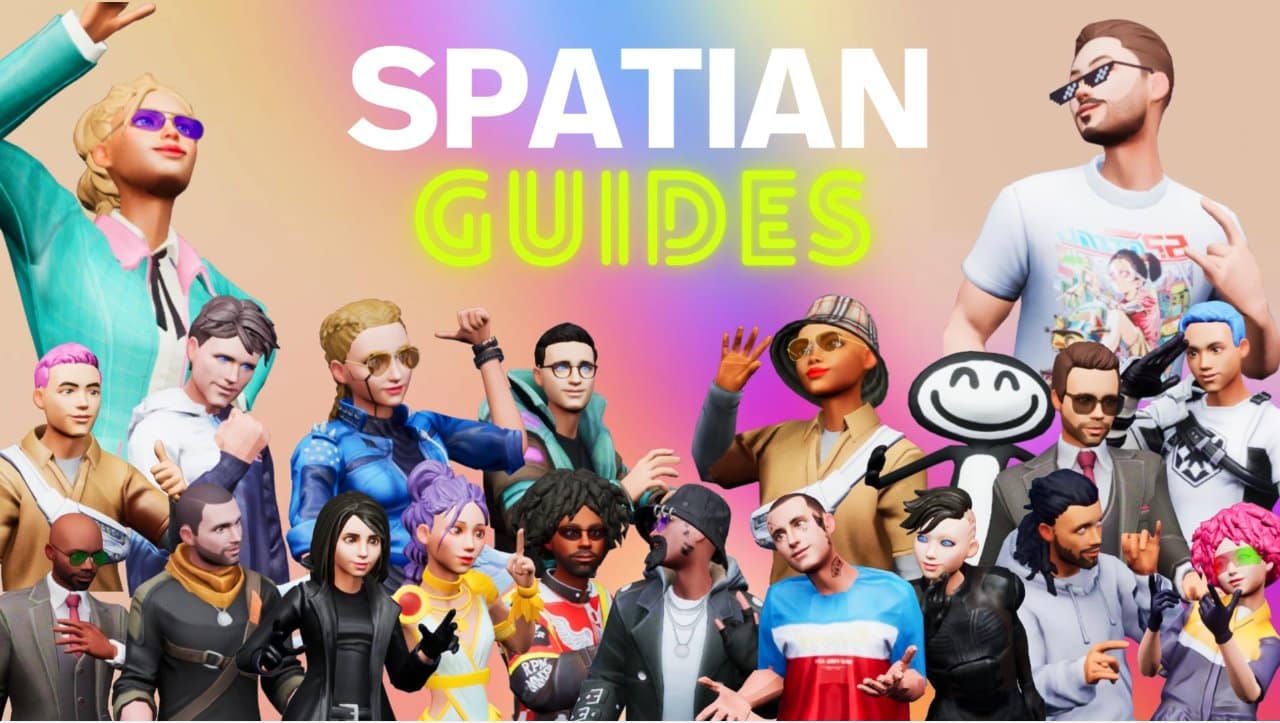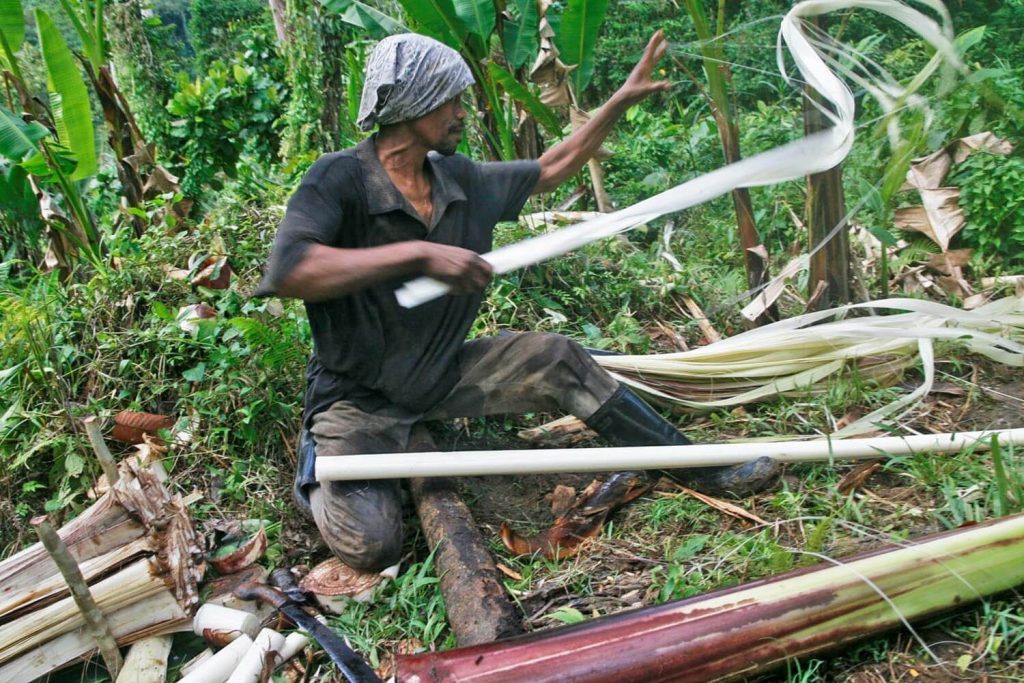
Abaca is a special species of banana found in the Philippines. It is mainly cultivated for its fiber and is proving to be a versatile material. From simple handicrafts to engineering innovations, abaca boasts its many faces.
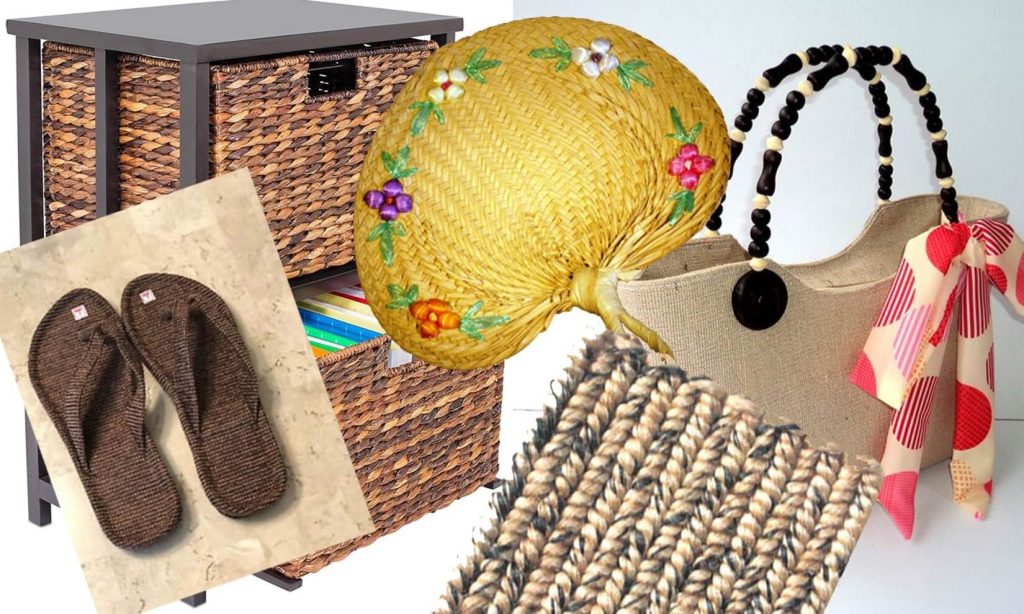
Bicol Region is the largest producer of abaca in the Philippines making up nearly 40% of the country’s abaca. 92% of this comes from Catanduanes. The fibers of the abaca get up to 3 meters in length and are very tensile; they can resist pulling forces especially when bundled together. Fine grade abaca fibers are also very lustrous and beautiful. It is also resistant to saltwater damages. Being long, strong, beautiful, and resistant to saltwater damage, abaca is amazing for crafts. This is why Bicol produces beautiful Abaca crafts like sandals, baskets, sleeping mats, fans, and even home decorations. These products always have an organic and oriental vibe to them.
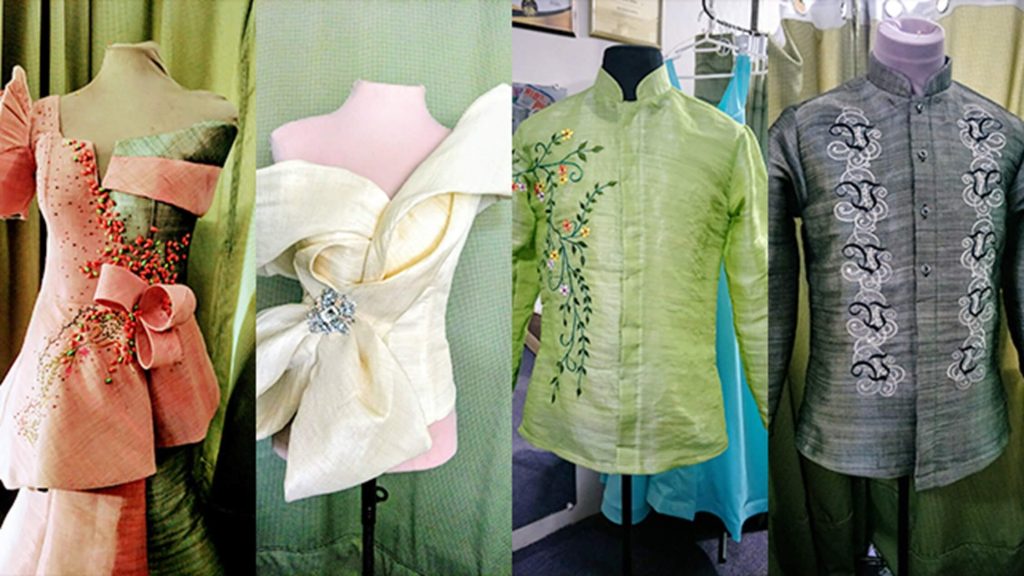
Abaca can be found in many fabrics. Abaca is very long and strong which is why it can be weaved into beautiful fabrics. An Albayano designer, Jean Alta of Kutur ni Jean, specializes in using abaca fiber or pinukpok to promote Bicolano fashion and culture. The craftsmanship also showcases the versatility and beauty of abaca in fashion.
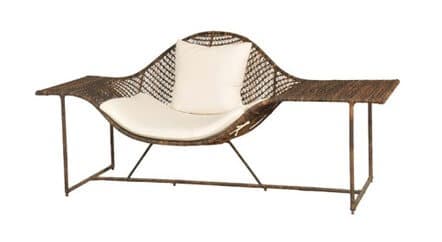
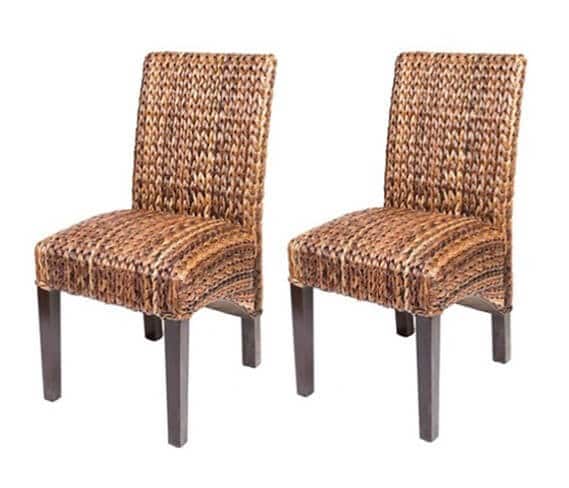
FURNITURE
As it is used for handicrafts, abaca finds its way into larger crafts, furniture making. These furniture pieces are exported to many hotels and resorts all around the world! Fabrics woven from abaca are also used to make curtains, carpets, and mats for interior design.
Many industries such as oil, maritime, fisheries, and tourism also rely on abaca ropes because it does not slip too much unlike nylon and other artificial fiber ropes. Plants and factories need strong ropes that do not slip to withstand strong forces exerted by large machines.
With its high tensile strength, abaca is even used for automotive applications. Abaca fiber is used for filling material for bolster and interior trim parts in cars. Abaca fiber can also be used as a substitute for glass in reinforcing plastic for exterior car components.
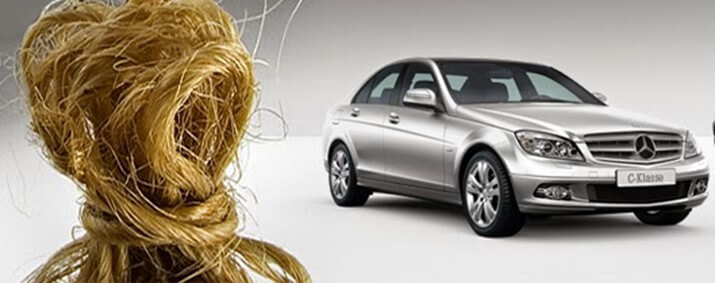
Mercedes Benz has been using abaca fiber to reinforce plastic for its automobile body parts. This makes the vehicle stronger yet more lightweight. Its first use of natural fibers in the exterior is abaca fibers in underbody protection, replacing glass fibers. The company is also glad to say that using abaca fibers reduces energy by 60%. This means less carbon emission. The waste products are also used as fertilizers.
SPECIALTY PAPER
The largest use for abaca fibers is in specialty paper. Abaca is pulped to be made into tea and coffee bags, currency notes, cigarette filter papers, medical /food preparation/disposal papers, high-quality writing paper, and vacuum bags. Teabags alone consume large amounts of abaca specialty papers. Tea is consumed widely in Europe, East Asia, and South Asia as part of their culture and diet. Japan’s yen banknotes are made of 30% abaca. Because abaca is very strong and fine, it can be made into different textures and qualities depending on the need.
Abaca comes in many forms, finishes, and for many purposes. With the wide range of uses it caters to, it comes as no surprise that abaca is exported to many countries and industries. It has reached far to be enjoyed by all walks of life.
References:
- Abaca fiber and handicraft exports. (n.d.). Retrieved from https://business.mb.com.ph/2018/10/19/abaca-fiber-and-handicraft-exports-5/
- Abaca. (n.d.). Retrieved from http://www.fao.org/economic/futurefibres/fibres/abaca0/en/#:~:text=Abaca,the production of speciality papers.&text=Also called manila hemp, abaca,distributed in the humid tropics.
- Barcia, R. B. (n.d.). Albay designer uses ‘pinukpok’ to promote Bicol culture. Retrieved from https://www.rappler.com/move-ph/241768-albay-designer-pinukpok-creations-promote-bicol-culture
- Different Abaca Products that We Are Using Everyday. (2018, August 7). Retrieved from https://www.our7107islands.com/different-abaca-products-that-we-are-using-everyday/
- THE ABACA. (n.d.). Retrieved from http://simorinc.com/the-abaca/
- The Many Benefits of Braided and Twisted Manila Rope. (n.d.). Retrieved from https://www.usnetting.com/articles/2016/02/29/manila-rope.html




